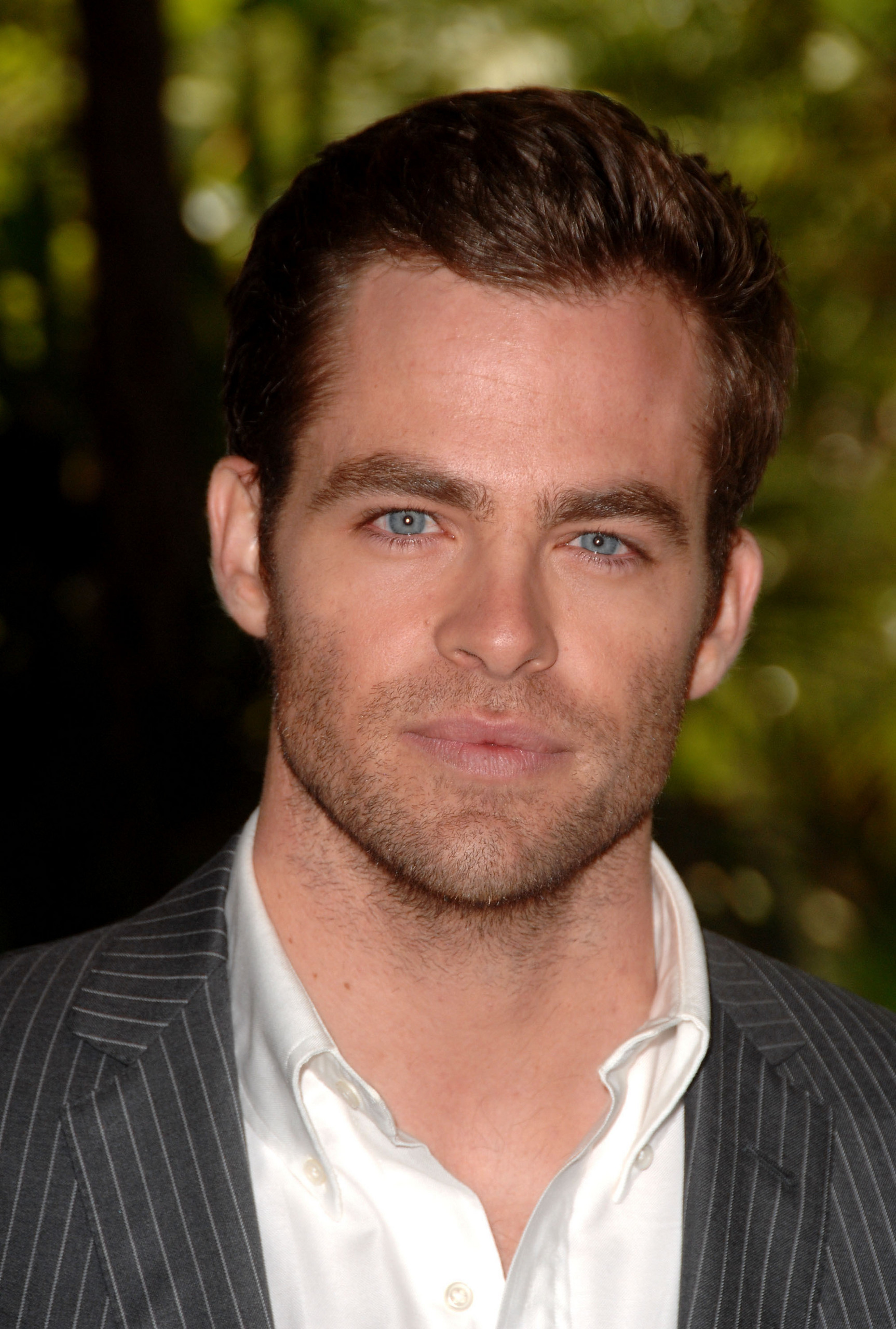Have you ever stopped to truly consider the sheer scale of things around us, like the mountains of waste we create or the vast numbers that shape our daily lives? It's a bit overwhelming, isn't it? Well, there's an artist who really helps us see these big, big figures in a way that feels personal, even when the numbers are just huge. We're talking about chris jordan artist, someone who turns what might seem like dry statistics into powerful visual stories. His work often makes you pause and, you know, really think about our shared impact on the planet.
Chris Jordan, an American photographer, takes on a very unique approach to art. He uses photography to show us things we might prefer to ignore, but he does it with a kind of beauty that pulls you in. He picks up on issues like mass consumption and environmental concerns, then he makes them visible in ways that are, frankly, quite unforgettable. It's not just about pretty pictures; it's about making sense of the immense scale of our collective habits, which is a very important thing to do.
His art is, in some respects, a quiet call to pay attention. He wants us to look closely at the patterns of our modern world, and what they mean for the future. So, if you're curious about art that speaks to big ideas, or if you care about our planet and how we live on it, then learning about Chris Jordan and his creations is definitely worth your while. His pieces are, you know, quite thought-provoking.
Table of Contents
- Who is Chris Jordan? A Brief Look at the Artist
- The Artist's Journey: Early Life and Influences
- "Running the Numbers": Visualizing Vast Data
- Midway: Message from the Gyre – A Deep Dive into Plastic Pollution
- Other Significant Works and Themes
- Why Chris Jordan's Art Matters Today
- Engaging with His Message
- Frequently Asked Questions About Chris Jordan
Who is Chris Jordan? A Brief Look at the Artist
Chris Jordan, the artist we're talking about, is someone who truly makes you see the world a little differently. He's a photographer, and his work usually focuses on showing the massive scale of human consumption and its effects on the environment. He takes these big, abstract numbers—like how many plastic bottles we use or how many cell phones we throw away—and he turns them into images that are, you know, quite striking. It's a way of making statistics feel real, which is a pretty powerful thing for an artist to do.
He's known for creating these very large-scale works, often made up of thousands, or even millions, of individual items. When you look at his art, you see the individual parts, but then you step back, and you see the whole, much bigger picture. This technique really helps to drive home the point about the sheer volume of things we deal with, and it's a rather unique way to approach environmental commentary.
His art isn't just about showing problems; it's about inviting us to feel something about them. He wants us to connect with the numbers, to understand what they truly represent in terms of our collective impact. He really is, in a way, a visual storyteller for our planet's biggest challenges.
Personal Details and Bio Data
| Detail | Information |
|---|---|
| Full Name | Chris Jordan |
| Nationality | American |
| Occupation | Photographer, Artist |
| Known For | Large-scale photographs depicting mass consumption and environmental issues; "Running the Numbers" series; "Midway: Message from the Gyre" |
| Themes Explored | Consumerism, waste, environmental degradation, scale of human impact, data visualization |
| Artistic Style | Conceptual photography, often using repetitive elements to represent large statistics |
The Artist's Journey: Early Life and Influences
Chris Jordan didn't start out as an environmental artist. He actually spent years working as a corporate lawyer, which is a very different path, you know? But, he eventually felt a strong pull towards something else, something that allowed him to express himself and address bigger issues. This shift from law to art really shows a deep desire to make a difference, which is pretty inspiring, if you ask me.
His background in law, perhaps, gave him a very keen eye for detail and a way of looking at facts and figures. This might be why his art often relies on data and statistics, transforming them into something visual and impactful. He’s not just guessing at the numbers; he’s presenting them in a way that’s, you know, undeniably real. It's almost like he brings a lawyer's precision to an artist's vision.
Over time, his focus narrowed to environmental themes and the sheer scale of human activity. He became very interested in how we, as a society, consume and discard things. This interest led him to develop his signature style, where he uses many, many small objects to represent very large numbers. It's a powerful way to make an abstract concept, like millions of something, feel tangible. His journey is, in some respects, a testament to following a deeper calling.
"Running the Numbers": Visualizing Vast Data
One of Chris Jordan's most famous bodies of work is called "Running the Numbers." This series is, you know, quite a powerful collection. In it, he takes incredibly large statistics about American consumption and waste, and he visualizes them. For example, he might photograph 2 million plastic bottles, which is the number of plastic beverage bottles used in the U.S. every five minutes. Or he might show 106,000 aluminum cans, representing the number consumed in the U.S. every thirty seconds. It’s a very direct way to see the scale of our habits.
Making the Invisible Visible
The beauty of "Running the Numbers" is how it makes something that feels abstract—like millions of anything—into something you can actually see. When you hear "2 million plastic bottles," it’s just a number, right? But when you see a photograph of 2 million plastic bottles, arranged in a way that suggests a vast, sprawling landscape, it hits you differently. It's a very clever way to, you know, make the invisible feel very real and present.
He often uses very mundane objects, things we see every day and don't think much about. But by showing them in such immense quantities, he forces us to confront the collective impact of our individual actions. It's a simple idea, but it’s, honestly, incredibly effective. This approach really helps people grasp the sheer volume of our consumption, which can be a bit shocking.
The Power of Repetition
The repetitive nature of the objects in his photographs is a key part of their impact. Each individual bottle or can might seem insignificant on its own. But when you see thousands upon thousands of them, arranged together, the repetition builds a sense of scale and, you know, even a kind of visual overwhelm. It’s almost like a pattern that keeps going and going, showing no end.
This repetition also mirrors the repetitive nature of our consumption habits. We buy, we use, we throw away, and then we do it again, over and over. Chris Jordan’s art, in a way, holds up a mirror to this cycle, making us consider the cumulative effect of all those small, repeated actions. It’s a very thoughtful way to present data, and it really makes you consider your own part in it.
Midway: Message from the Gyre – A Deep Dive into Plastic Pollution
Beyond "Running the Numbers," Chris Jordan took on an even more personal and, you know, deeply moving project called "Midway: Message from the Gyre." For this series, he traveled to Midway Atoll, a remote island in the middle of the Pacific Ocean. This island is a nesting ground for millions of albatrosses, but it's also, tragically, a place where vast amounts of plastic debris from the Great Pacific Garbage Patch wash ashore. It's a very sad situation, to be honest.
The Story of the Albatrosses
In "Midway," Jordan photographs the carcasses of albatross chicks that have died from ingesting plastic. These are not easy pictures to look at, but they are incredibly important. You see the remains of the birds, and inside their decomposed bodies, there are bottle caps, cigarette lighters, plastic fragments, and other bits of plastic they mistook for food. It’s a stark, undeniable visual of the direct impact of our plastic waste on wildlife, which is, you know, pretty heartbreaking.
This series doesn't just show numbers; it shows a very real, very personal tragedy. It brings the abstract problem of ocean plastic pollution right into focus, through the lives of these innocent birds. It’s a powerful reminder that our actions, even those far away, have very tangible consequences. The images are, in some respects, a very loud cry for help from the natural world.
Emotional Connection Through Art
The "Midway" series is particularly effective because it creates a very strong emotional connection. Unlike the more statistical "Running the Numbers," "Midway" tells a story of suffering and loss. It's hard to look at these photographs and not feel something deep inside, you know? They make the problem of plastic pollution feel very urgent and very personal.
Chris Jordan spent a lot of time on Midway, witnessing this tragedy firsthand, and his photographs convey that sense of witness. He's not just showing you facts; he's showing you the very real pain caused by our disposable culture. This kind of art is, honestly, a very powerful tool for inspiring change, because it moves people beyond just knowing the facts to actually feeling them.
Other Significant Works and Themes
While "Running the Numbers" and "Midway" are perhaps his most widely recognized projects, Chris Jordan has explored other themes and produced other significant works that, you know, also make you think. His artistic journey shows a consistent interest in revealing the hidden truths of our modern world, often through the lens of scale and impact. He really has a knack for finding these important stories.
Intolerable Beauty: Portraits of American Mass Consumption
Earlier in his career, Jordan created a series called "Intolerable Beauty: Portraits of American Mass Consumption." In this work, he photographed large-scale garbage dumps, recycling centers, and industrial landscapes. These images are, in a way, both beautiful and disturbing. He finds an almost abstract quality in the patterns of discarded items, but the underlying message about waste is still very much there. It's a very early look at his fascination with the sheer volume of our discards.
This series set the stage for his later, more statistically driven work. It showed his developing interest in the visual representation of mass consumption, and how to make that visually compelling, even when the subject matter is, you know, pretty grim. He was already finding ways to make us look at things we might typically turn away from, which is a very powerful artistic skill.
Alps: The Mountains of Our Making
Another interesting project is "Alps: The Mountains of Our Making." This series is a bit different, as it focuses on the beauty of the European Alps, but with a twist. Jordan integrates images of waste into these seemingly pristine landscapes, subtly reminding us that even the most untouched places are affected by human activity. It’s a very nuanced way of showing our impact, which is, you know, quite thought-provoking.
He's not just showing obvious pollution; he's suggesting a pervasive presence of our consumption, even in places we consider wild. It's a reminder that there's, you know, really no escape from the consequences of our actions, and that our footprint is truly global. This series really expands on his core themes in a very visually interesting way.
Why Chris Jordan's Art Matters Today
Chris Jordan's art, you know, feels more relevant than ever, especially in our current world. We're constantly bombarded with data and statistics about climate change, pollution, and resource depletion. But these numbers can often feel abstract, too big to grasp, or just, you know, a bit overwhelming. His work cuts through that abstraction and makes the numbers feel incredibly real and immediate.
His approach is very human-centric, even when he's showing inanimate objects or dead birds. He's trying to connect with us on an emotional level, urging us to feel the weight of these issues. This is, honestly, a very important part of inspiring action, because facts alone don't always move people. It’s about making us care, which is a big deal.
Sparking Conversation and Awareness
One of the biggest impacts of Chris Jordan's art is its ability to spark conversations. When people see his massive prints, they often stop, they look closely, and then they start talking about what they're seeing and what it means. This kind of dialogue is, you know, absolutely essential for raising awareness about environmental issues. He creates a space for people to truly engage with the problem.
His work has been exhibited all over the world, reaching a very wide audience. It helps to educate people who might not typically seek out information about environmental problems, or who might feel disconnected from them. By presenting these issues through art, he makes them accessible and, you know, very compelling. It's a very clever way to get people thinking and talking.
A Call to Action Through Observation
Chris Jordan himself has said that his goal is not to preach or to tell people what to do. Instead, he wants to invite people to look, to feel, and to reflect. His art is, in some respects, a very gentle but firm call to observation. By making us truly see the scale of our impact, he hopes we will naturally be moved to consider our own choices and behaviors. It’s a powerful, indirect way to inspire change.
His work shows us that every small item, every single plastic bottle or cell phone, contributes to a much larger picture. And by understanding that, we can then, you know, start to think about how our individual actions fit into that big picture. This shift in perspective is, honestly, a very important step towards a more sustainable way of living. You can learn more about his work and its impact on our site, and perhaps find inspiration to consider these issues more deeply.
Engaging with His Message
So, after seeing Chris Jordan's powerful images, you might be wondering how you can, you know, engage with his message beyond just looking at the art. His work isn't just for galleries; it's meant to inspire thought and, perhaps, even action in our daily lives. There are a few things you can do to connect more deeply with the ideas he presents, which is pretty cool.
First, just taking the time to truly observe his photographs, to let the scale sink in, is a great start. Don't just glance; really look at the individual items and then step back to see the overall composition. Think about the numbers represented and what they mean in your own life. It’s a very simple but effective way to, you know, let the art speak to you.
Second, consider sharing his work with others. Talking about these images and the issues they highlight can help spread awareness. You might find that your friends or family have never seen art quite like this, and it could spark some really interesting conversations. It's a way to keep the message, you know, alive and moving.
Finally, think about your own consumption habits. Chris Jordan's art is not about blame; it's about awareness. So, you know, perhaps reflect on how many plastic items you use, or how often you upgrade your electronics. Even small changes, when multiplied by millions of people, can make a very big difference. It's about personal reflection, which is a good thing to do. You can also explore more artists who address environmental themes by visiting this page on our site.
Frequently Asked Questions About Chris Jordan
What is Chris Jordan known for?
Chris Jordan is, you know, very well known for his large-scale photographic works that illustrate statistics about mass consumption and environmental issues. His "Running the Numbers" series, which visualizes vast quantities of items like plastic bottles or cell phones, is particularly famous. He also gained significant recognition for "Midway: Message from the Gyre," which documents the impact of plastic pollution on albatross chicks, which is, honestly, quite impactful.
What is the message of Chris Jordan's art?
The main message of Chris Jordan's art is to make the invisible scale of our collective human impact visible and emotionally resonant. He aims to raise awareness about issues like waste, overconsumption, and environmental degradation, inviting viewers to



